What is Ampicillin Used For?
 Gillian
|
Gillian
|
 31 Oct 2025
31 Oct 2025
There’s a reason Ampicillin is still around even after all these years.
It’s one of those antibiotics that doctors keep in their toolkit because it works, and it works in many cases. It’s been used for decades — not because there’s nothing better, but because it still gets the job done when it needs to.
People sometimes walk into Sanford Pharmacy with a prescription and say, “Wait, they still use this? Isn’t this old?” And yeah, it’s been around, but that’s the thing — it’s stood the test of time.
Ampicillin is what’s called a broad-spectrum antibiotic, meaning it can fight off a bunch of bacteria types. It’s not some single-target drug; it can handle infections in your lungs, bladder, stomach, and even more serious cases like brain infections when given properly.
What exactly is it
It belongs to the penicillin group of medicines. So if you’ve ever had Amoxicillin, they’re kind of cousins. Ampicillin is just a bit broader in what it can attack. You’ll see it prescribed as Ampicillin 500 mg capsules, syrup for kids, or injections when things are more serious.
Doctors choose between Amoxicillin and Ampicillin depending on the case. Amoxicillin is absorbed better through the stomach, but Ampicillin can be used by mouth or through IV, so hospitals use it a lot.
It’s old-school, but it’s solid.
How it actually works
Bacteria build a wall around themselves to survive — that’s their protection. Ampicillin messes that up. It blocks the chemical steps those little bugs need to make that wall, so they basically fall apart and die off.
That’s why your symptoms improve after a few days — because it’s not just hiding the pain, it’s killing the bacteria causing it. But here’s the trap: people stop too early. Maybe they feel fine after three days and think it’s done. Then boom, infection returns, stronger. You’ve got to finish the course, no shortcuts.
Where it’s used
Honestly, Ampicillin is one of those all-rounders.
Chest or lung infections: bronchitis, pneumonia, things that cause nasty coughs and fevers. Ampicillin helps clear up the bacteria sitting in your lungs and gives your breathing room again.
Throat and ear infections: if you’ve got tonsillitis or ear pain caused by bacteria, it works pretty quickly. It also helps with sinus infections that just won’t go away.
UTIs (urinary infections): super common. Ampicillin for UTI clears out bacteria like E. coli that make urination painful. It’s simple but effective, especially when taken with enough water.
Gut infections: food poisoning-type bacteria — Salmonella, Shigella, and some E. coli. These cause diarrhea, stomach cramps, fever. Ampicillin stops them spreading further.
Serious stuff: meningitis, sepsis, heart infections. In hospitals, doctors give Ampicillin IV or combine it with other medicines like ampicillin sulbactam to make it stronger. Sulbactam blocks bacterial enzymes that would normally destroy the antibiotic, so together they hit harder.
Special uses you might not know
Ampicillin’s not just for everyday infections.
It’s used for Listeria infections, which can be dangerous during pregnancy. It’s also used to prevent bacterial endocarditis — that’s an infection of the heart lining — especially before surgeries or dental work.
During childbirth, doctors sometimes give Ampicillin to stop Group B Strep from passing from mom to baby. That single step can protect newborns from some serious early-life infections.
For babies and kids
Ampicillin is safe enough for newborns when doctors use it carefully. It’s used a lot in hospitals for early-life infections. Doses are tiny and calculated exactly by weight. For older kids, the syrup version is easy to give and doesn’t taste awful (which, if you’ve ever tried kids’ meds, is a blessing).
Pharmacists at Sanford Pharmacy always remind parents to shake the bottle well, measure properly with the cup or syringe, and keep it in the fridge. No kitchen spoons.
How to take it right
The rule with Ampicillin is simple — empty stomach. One hour before or two hours after food, with a full glass of water. Food messes with how it’s absorbed.
The normal ampicillin dosage for adults is about 250 mg–500 mg every six hours, though doctors adjust that if the infection’s bad. It sounds like a lot, but the medicine leaves your body quickly, so keeping it regular is important.
And again, don’t stop early. Even if you feel fine.
The side-effect stuff no one likes but should know
Most people take Ampicillin and feel fine. But some get mild things:
-
loose stools or mild diarrhea
-
a bit of nausea or upset stomach
-
small rash that goes away on its own
Rarely, it can cause serious reactions like swelling, breathing problems, or yellowing of the eyes (that’s liver-related). If that ever happens, stop and get help right away.
Ampicillin side effects are usually manageable, but it’s always better to mention them to your doctor or pharmacist so they can keep an eye on you.
Drug interactions and things to avoid
If you’re on Allopurinol (for gout), you might get more rashes — weird but true.
Birth-control pills might be a bit less effective while you’re on Ampicillin, so having backup protection is smart.
If you take blood thinners like warfarin, the doctor may want to check your blood more often.
And obviously, if you’ve ever had an allergic reaction to penicillin, don’t touch Ampicillin. That’s a no-go.
When not to use it
Anyone with a history of strong penicillin allergy shouldn’t take this. If you’ve got kidney or liver issues, the doctor will usually lower the dose or pick something else. Pregnant and breastfeeding women can use it safely under supervision — it’s one of the safer antibiotics around.
storing it
Capsules go in a cool, dry place — away from moisture and sunlight.
The liquid form, though, has to be refrigerated and shaken before each use. Once it’s mixed, it’s good for about 14 days. After that, even if there’s some left, toss it out.
Why Sanford Pharmacy Matters Here
Antibiotics can be confusing, and that’s where having a reliable pharmacy helps. At Sanford Pharmacy, the pharmacists don’t just fill your prescription — they explain exactly how to take it, what not to mix it with, and what to watch for.
You can also check sanfordpharmacy.com for info, refills, and quick chats with a pharmacist if you’re unsure about side effects or timing.
That kind of guidance can make the difference between just taking medicine and actually healing right.
Wrapping it up
Even though it’s been around forever, Ampicillin still earns its place on the prescription pad. It fights infections in the lungs, urinary tract, stomach, and even the brain. It works quietly, without fuss, doing what it’s meant to do — stopping bacteria from growing so your body can recover.
It’s a reminder that some of the old medicines still have power. When used the right way, with advice from places like Sanford Pharmacy, it’s safe, dependable, and effective.
Just take it correctly, finish the course, and don’t mix it with random meds. Let it do its job.
Categories

What is Amoxil Used For?
 Alfredo
Alfredo

How Bromocriptine Works?
 Kale
Kale

How Clomid Works?
 Brant
Brant

Mouth Cancer: Signs, Stages & Treatment
 Magdalena
Magdalena

Neck Pain: Discover Fast Relief Option
 Patience
Patience

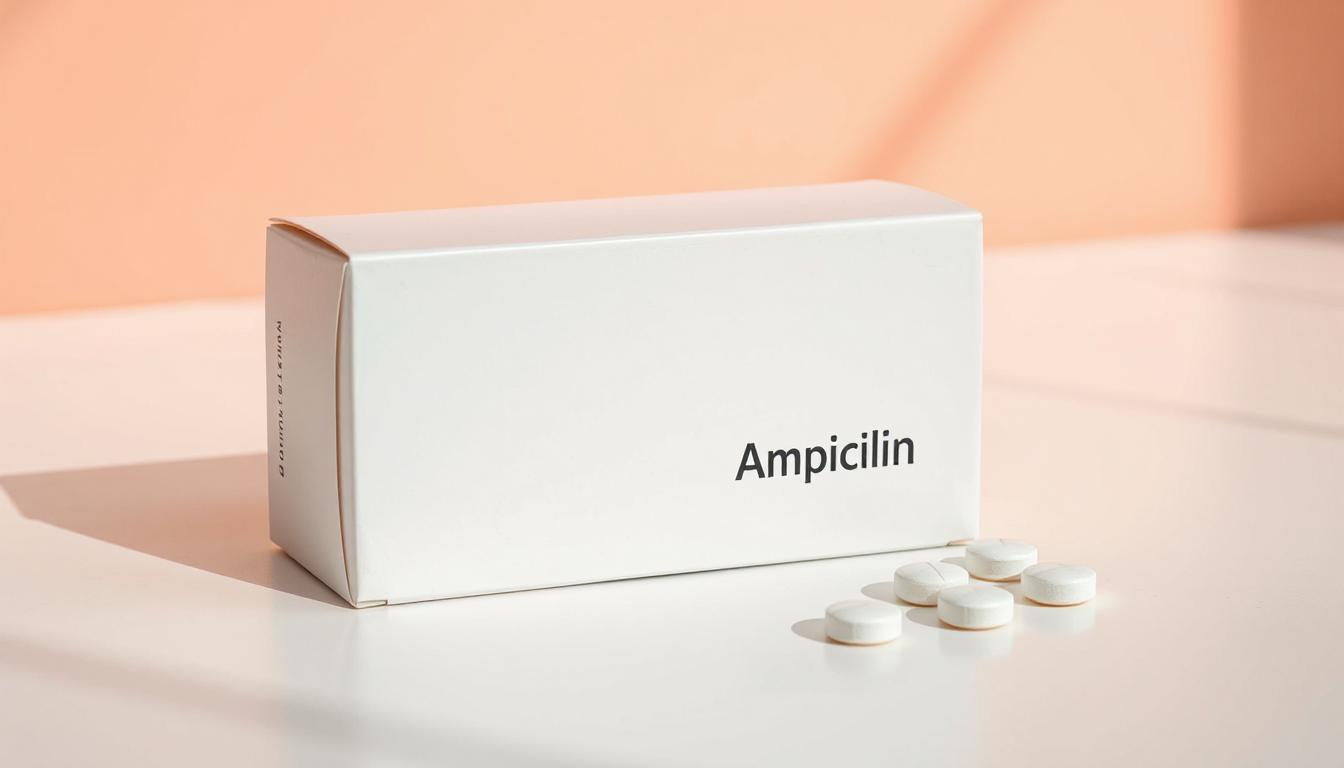
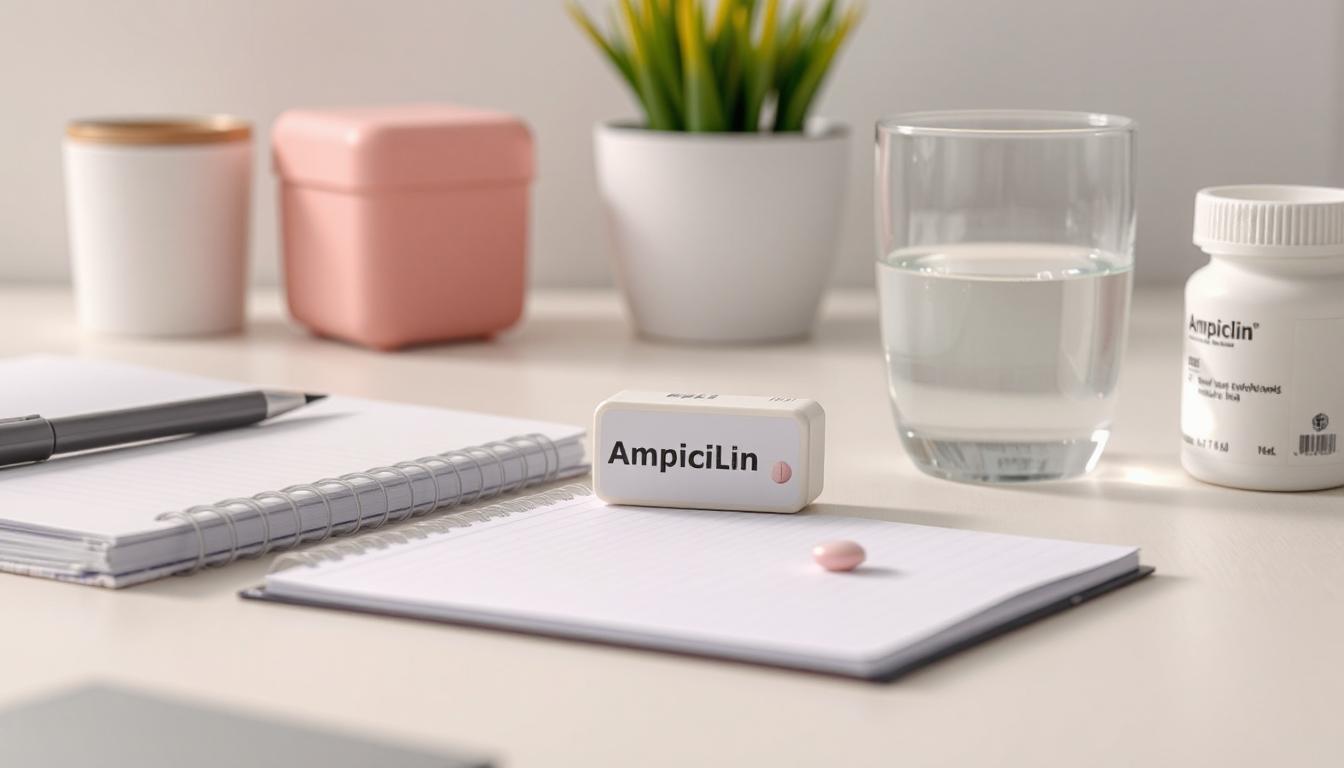
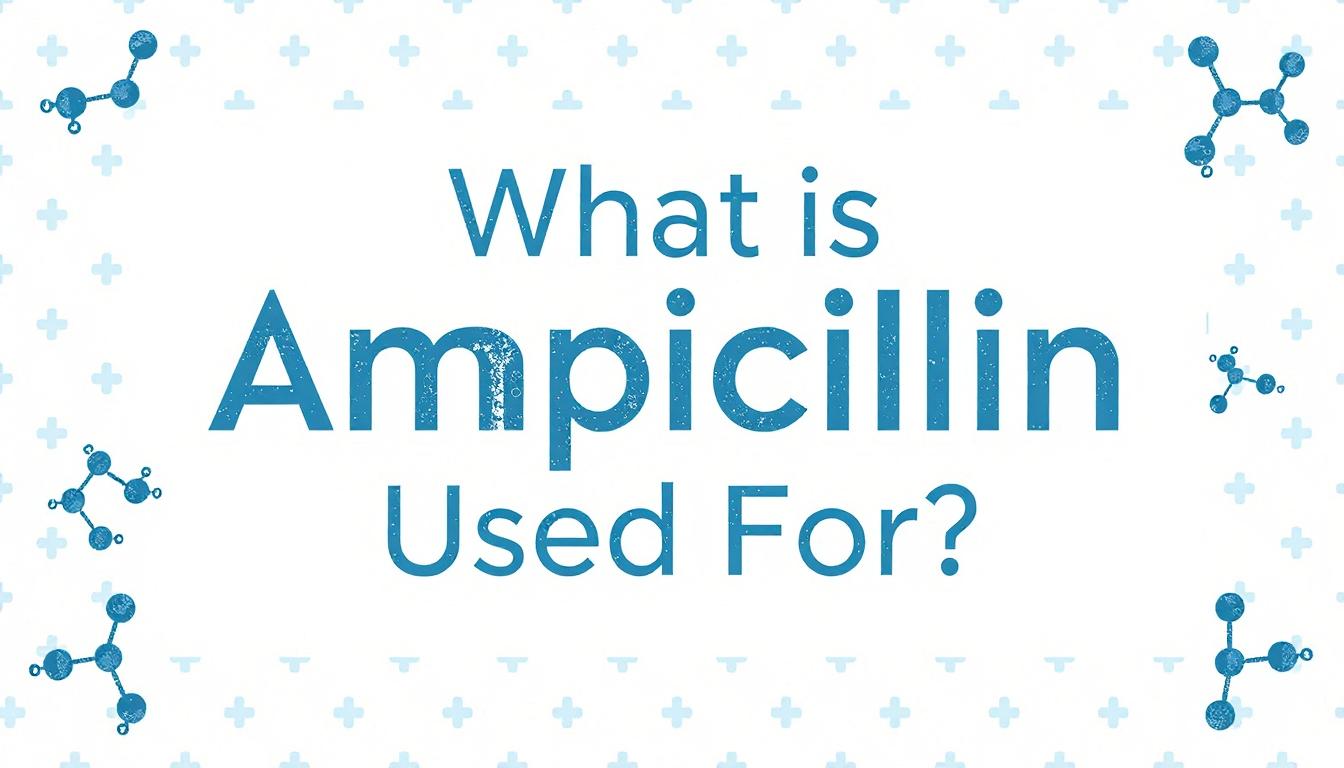







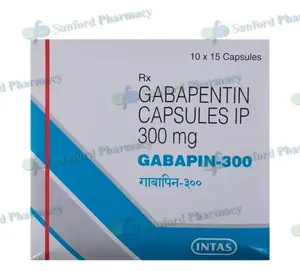
.webp)
.webp)
-(2).webp)
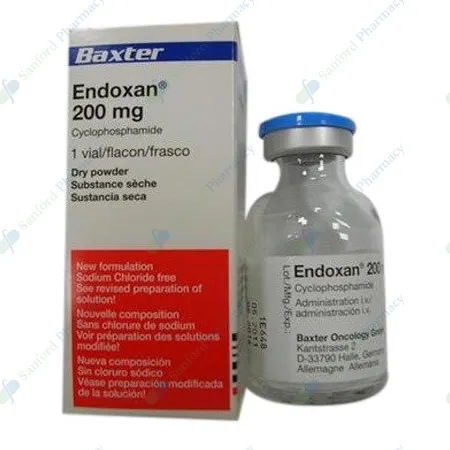
.webp)